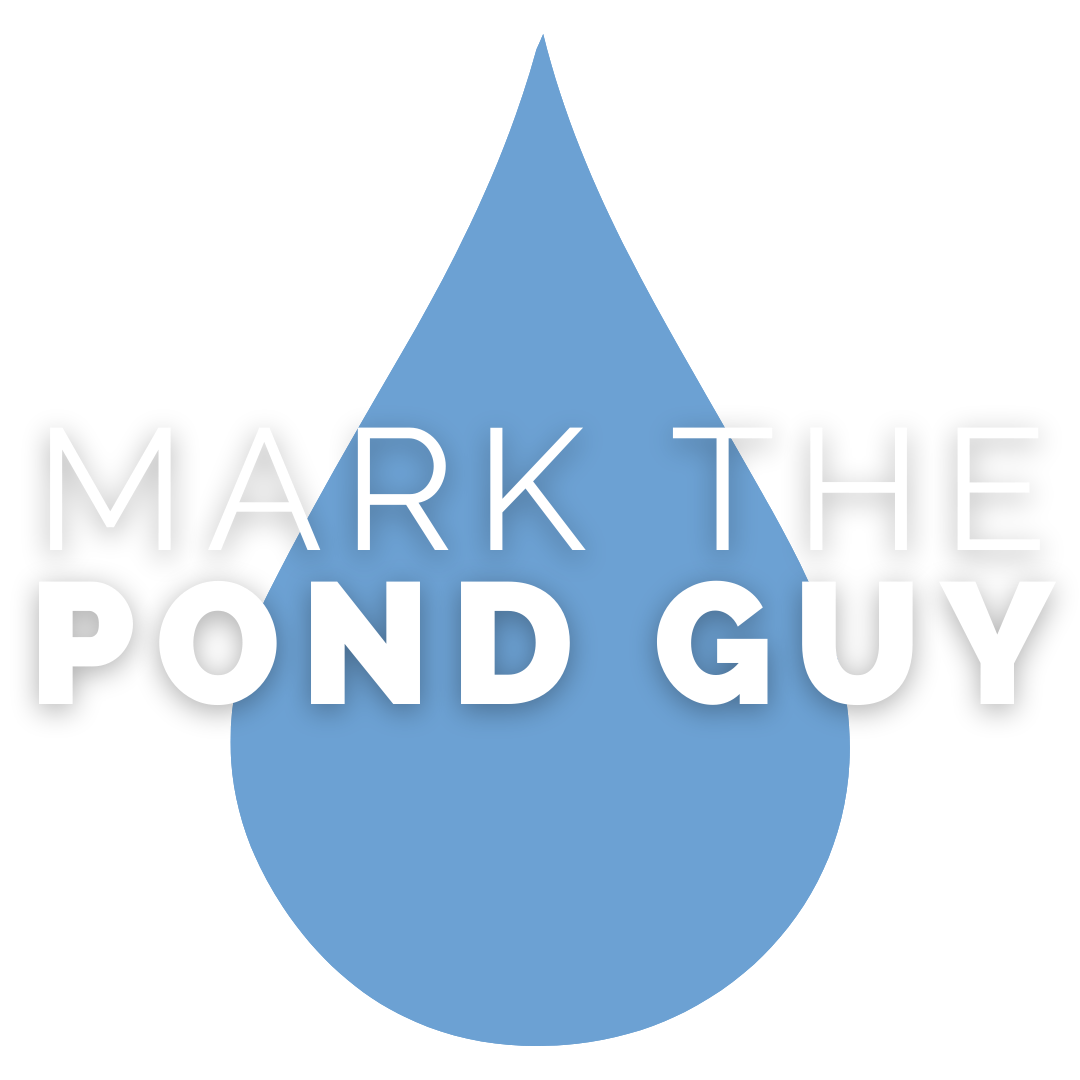Pond Fish Health: What You Need to Know
Watching your fish glide happily around the pond is one of the great joys of owning a water garden. In fact, keeping fish is the main reason people choose a pond over a waterfall or fountain. Since pond owners think of their koi and goldfish as pets, it’s important to make sure you have a pond that promotes the health of your finned friends.
Several factors influence whether a pond is habitable by fish, so before you stock your new pond or choose a few new koi or goldfish at your water gardening store, take a few minutes to assess your fish’s dwelling space as it relates to pond fish health.
SIZE MATTERS
It all starts with the size of your pond. You need to make sure that it’s large enough to support fish and their growth. Pond fish generally need 10 gallons of water for every inch of their length. Keep in mind that your fish will grow, so be careful not to overstock, no matter how tempting this may be! Some pond experts go so far as to recommend only ½ inch of fish per 10 gallons of water as a maximum stocking density.
On occasion, you may encounter ponds crowded with two or even three inches of fish per 10 gallons of water and the fish seem to be fine. However, the density and ecological strain of this level of loading turns these ponds into fragile systems. The pH tends to sag, the fish tend to grow more slowly, and disease can become a common occurrence. It’s a situation you want to avoid.
You won’t be able to salvage sick fish in a pond that’s overcrowded. Eventually, Mother Nature will pick off your favorite fish to achieve her ideal stocking density based on the system the fish are in, and then the remainder will recover as if by magical intervention. So reduce the number of fish if your pond is over-stocked before Mother Nature handles this crucial step for you.
GOOD MORNING, SUNSHINE
Ponds that have some sunlight are also beneficial to fish due to the valuable vitamins that are produced. Sunlight also helps the plants in your pond grow, thereby reducing nitrates in the water. Unfortunately, you can’t just up and move your pond, so if you have a shaded pond, simply add shade-loving plants to help balance the water. Aquatic plants play a critical role when it comes to enhancing pond fish health. You can learn more about this balance in our free ebook, Keep Your Koi Healthy.
Pond plants that tolerate shade include Taro, Papyrus, Horsetail, Cardinal Flower, Lizard’s Tail, and Water Forget-Me-Not. If your pond receives 4 hours of sunlight, there are a few waterlilies varieties that tolerate shadier areas.
TWO FEET DEEP
When it comes to pond depth, koi aren’t very picky. Just be sure that the pond is deep enough (generally about 2 to 2 ½ feet) to give the fish a chance to get out of the way of predators. This depth also provides ample space for over-wintering fish in northern climes.
A BALANCING ACT
The quality of your water is critical to pond fish health and you want to make sure your water garden is balanced. The proper mix of fish, plants, filtration, circulation, and rocks and gravel all provide an important role in your pond’s ecosystem. Work with Mother Nature, not against her, and you’ll find you spend more time enjoying your pond and less time maintaining it. Consider adding the Aquascape Automatic Dosing System to keep your pond water balanced and your fish healthy throughout the season.
Read Aquascape’s free ebook that tells how keep your koi healthy.





